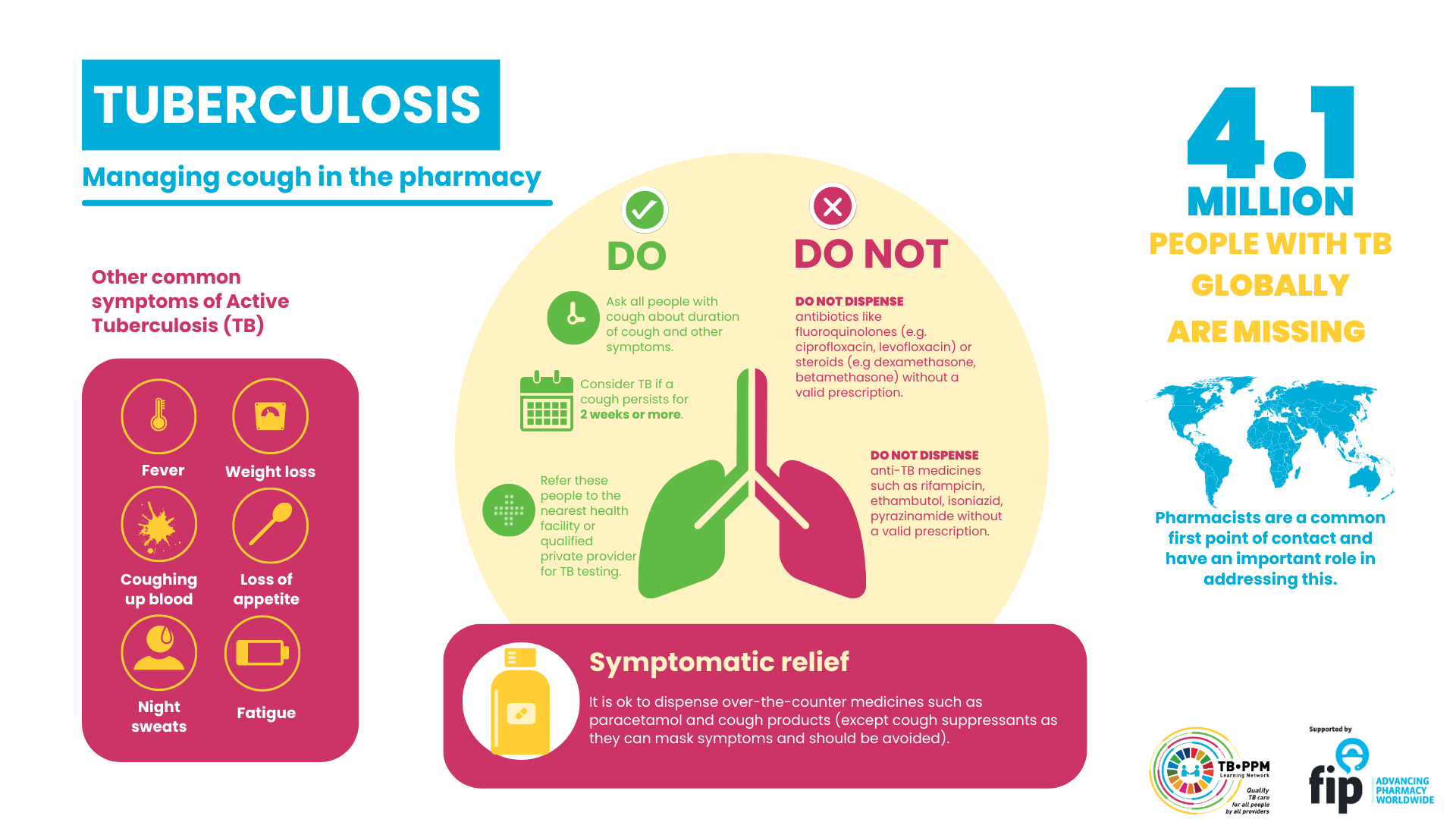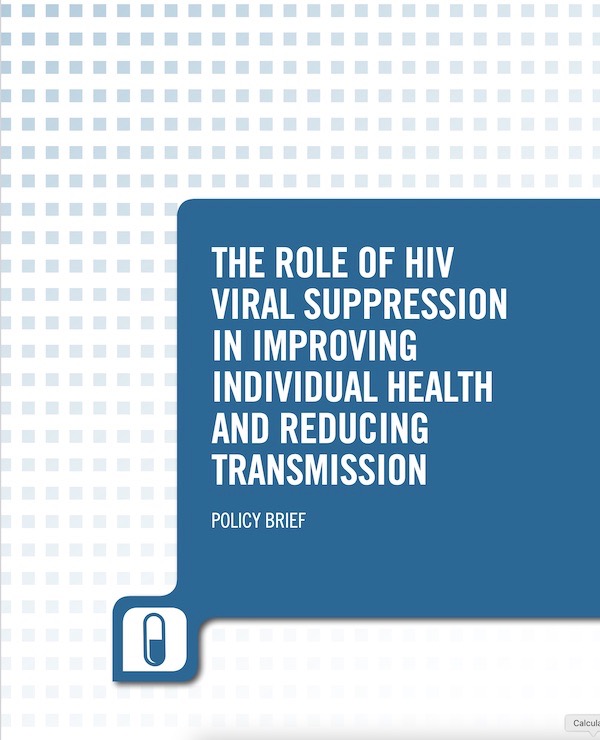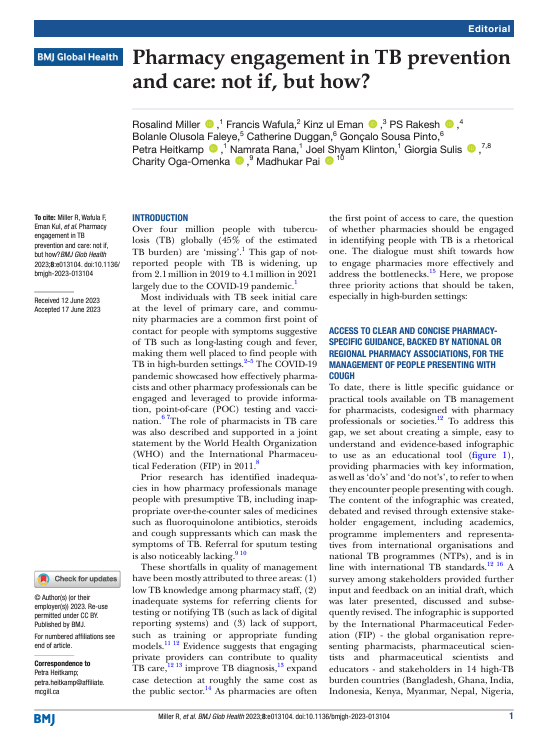
External Resources on communicable diseases

Infographic for managing cough and other tuberculosis (TB)-presumptive symptoms in the pharmacy.
"Managing cough in pharmacies" project:
Private-sector retail drug outlets (drug stores, pharmacies, chemists, drug sellers) are often the first point of contact for common health issues such as cough and fever, which include symptoms for tuberculosis (TB). Pharmacies are a key ally in supporting people with TB symptoms to receive appropriate and high-quality information, testing and treatment, either through referrals or links with healthcare providers. A study concluded that PPM pharmacy models are needed to End TB as well as to address antimicrobial resistance crisis. Over the last two decades, the role of retail drug outlets has evolved from pilot projects to formal incorporation into country plans (see webinar on Understanding market performance: analysis of private sector TB Drug sales).
There are many models of engaging pharmacies with government TB programs, often through intermediary organizations (Some of these models were presented in a TBPPM Webinar Pharmacies and drug stores: finding people with TB and stepping up TB Care and additional models are outlined in our TBPPM Feature stories and in this article reviewing 19 country lessons).
Yet, to date there are few specific guidelines and practical tools available on TB for pharmacists. As a result, an Infographic "Managing cough in pharmacies" was developed together with key partners, including the International Pharmaceutical Federation (FIP), with background outlined in BMJ Global Health (2023) and publicly made available in mid 2023.
This document is available in the following languages:

The role of HIV viral suppression in improving individual health and reducing transmission
Antiretroviral therapy has transformed the lives of people living with HIV. All over the world, people living with HIV who have been diagnosed and treated early and take their medication as prescribed can now live longer and pursue as healthy a life as people who are HIV-negative. Further, people living with HIV who maintain an undetectable viral load by taking their antiretroviral therapy as prescribed have zero risk of transmitting HIV to their sexual partner(s) and minimal risk of transmitting HIV vertically to their children. Accurate, reliable testing for viral load is critical for realizing the benefits of antiretroviral therapy at both the individual and population levels.
This policy brief describes key HIV viral load thresholds and the available viral load testing approaches for monitoring how well antiretroviral therapy is working for people living with HIV. It provides clarification for and elaborates upon the current treatment monitoring algorithm from the Consolidated guidelines on HIV prevention, testing, treatment, service delivery and monitoring: recommendations for a public health approach (1). This information can help people living with HIV to live healthy lives, ensure that HIV is not transmitted to other people and support policy-makers in determining the optimal allocation of resources for scaling up viral load testing and communicating the results.

